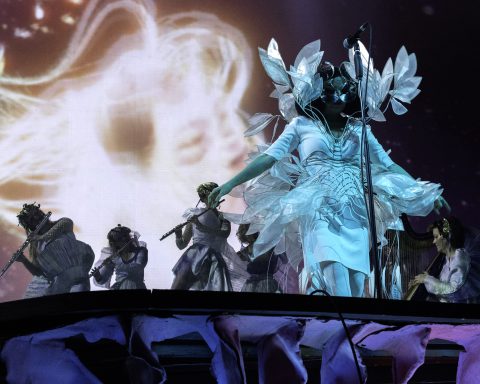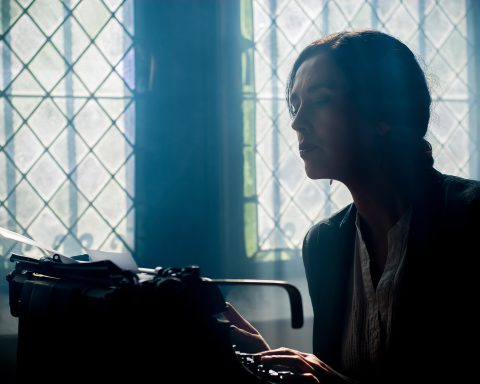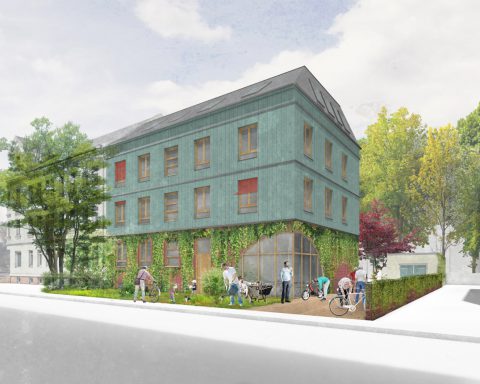“How do you feel about your head of state dying?” My colleague’s question took me by surprise. Being Australian, I suppose the death of Queen Eizabeth doesn’t really affect me. On the other hand, it’s like the sun has fallen out of the sky.
Last Monday, millions of people from the far reaches of the empire gathered in the streets of London to pay tribute to their sovereign. The dour chime of the church bells was the only thing to pierce the wall of silence. The Cullinan Diamond (the largest clear-cut diamond in the world) in the head of the Sovereign’s Scepter caught the autumn sun as it rested upon her coffin, while she rested within. As I watched, it was hard for me to disentangle my feelings about the monarchy from the shame I bear, earned through the sheer act of having been born White in Australia. A guilt-ridden people, lost at sea, abandoned by “our” culture, left with an identity crisis.
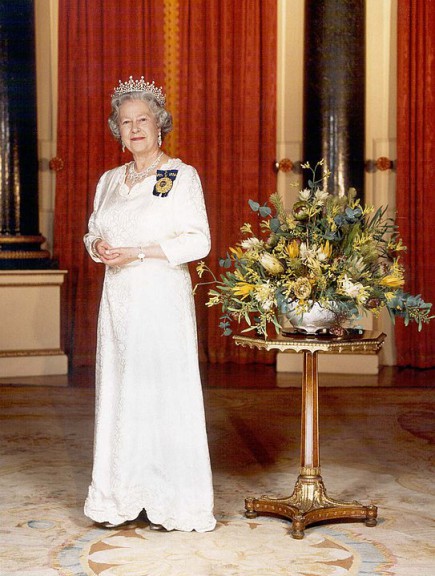
Queen Elizabeth’s profile was on every coin I used to buy mixed lollies at the milk bar as a kid. And she was still there when I was buying them for my own children. The sun in the sky, a constant. For this reason, we fall victim time and time again to the pageantry, as we did on Monday while sipping our tea and eating our toast.
It seems that I am not the only Australian with mixed feelings.
Many protested the National Day of Mourning for Her Majesty in four major Australian cities, on Thursday. One protester, activist Lynda-June Coe, said it was disrespectful to expect Indigenous people to mourn the Queen. “Once again, it’s asking me as a First Nations woman to censor how I feel. It’s asking me to be silenced on the atrocities that our people have faced for over 200 years. It’s asking me to be palatable to Whiteness, and to respect an individual and an institution which has essentially brought about a regime to exterminate us.”
Six years before Queen Elizabeth was born in 1926, the British Empire covered 24 percent of the Earth’s total land area. Hence the moniker, “The empire on which the sun never sets”, as the sun was always shining on at least one of its territories. Over her lifetime she has watched the empire diminished into relative impotence. By the time she rose to take the throne in 1952, one of its largest jewels, India, had already gained independence. Thus denying her the title of Empress of India that her great-great-grandmother, Queen Victoria, once held.
Also in 1952, Kenyans launched an anti-colonial movement known as the Land and Freedom Army (the Mau Mau).
American professor of History, African and African-American Studies at Harvard University, Caroline Elkins, explains. “The British colonial government used political terror to destroy the liberation movement through forced removals and deportation of millions of Kenyans. Tortures (a kind of public spectacle, often conducted in the open barbed-wire areas for all to see), and public rape at gunpoint were used to induce public terror in the whole population.” In 1955 in Cyprus and 1963 in Yemen, civilians were also tortured, all under the watch of the little old lady in the pastel hat, Her Majesty Queen Elizabeth II.
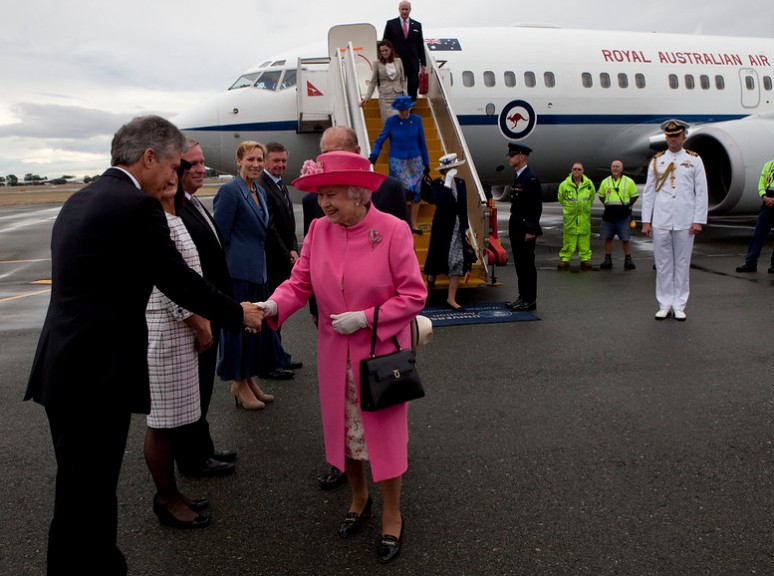
These stains on her reign were but the tail-end of the atrocities of the royal household of Britain.
These had been carried out since King Charles II signed a charter in 1663 which approved the enslavement of Africans. The initials of the Duke of York, DY, were even branded onto their skin. Thereafter they were transported across the Atlantic to be worked to death in the Americas. An endeavor from which the British royal family made great personal profit.
In November 2021, Barbados removed the Queen as its head of state, becoming the region’s newest republic. Six other Caribbean countries have signaled their intent to follow suit. Yet, at the time of her death on September 8, 2022, Queen Elizabeth was still the head of 16 states. Including the United Kingdom, Canada, Australia, New Zealand, Jamaica and Papua New Guinea. She still personified global Britain.
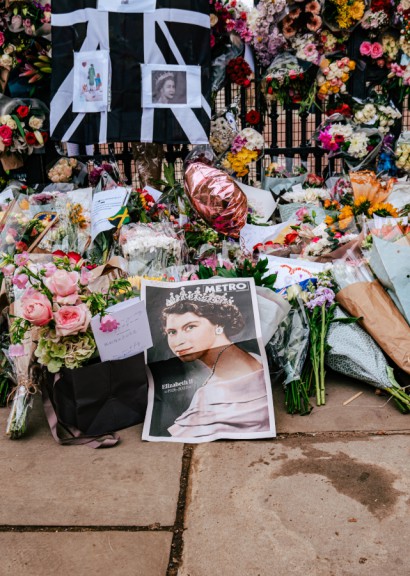
In light of this, I thought it only prudent to tune in to the Australian media coverage of her funeral. From my home in Europe, I wanted to hear the antipodean perspective. I was shocked to witness exclusively white Australians presenting an innocuous fanfare to the “honorable” monarch.
In contrast, John Harris of The Guardian UK travelled around a range of socio-economic and racial milieus in Britain. He was asking how it made people feel that the Queen has died, to be met largely by resounding indifference. “It doesn’t affect me.” “What has she done for us?” “I mean I care, but I really don’t care” were among the responses.
I began to wonder if distance romanticized the monarchy.
Making it harder for colonies to perceive its irrelevance to their daily lives, as our British counterparts seem to. I take another sip of milky black tea and further explore the mixed emotions that the death of my monarch, Queen Elizabeth II, stirs up in me.
My ancestors are Scottish, Irish, Cornish, French, Dutch, German and heaven alone knows what else. They all came, or were sent, to the prison paradise. Carrying suitcases full of varied grievances towards the unjust and oppressive systems they endured in Europe. The vast majority, however, were the disenfranchised underclass of the United Kingdom, which then included what is now the Republic of Ireland. They were sent to Australia as punishment for their criminal acts. Carried out in moments of moral compromise, or sheer desperation? Nobody knows. Guilty or not, they were starved and hounded in their homelands. They boarded flea-infested ships and disembarked, only to continue their role in the pageantry of violence and injustice in front of a new backdrop.
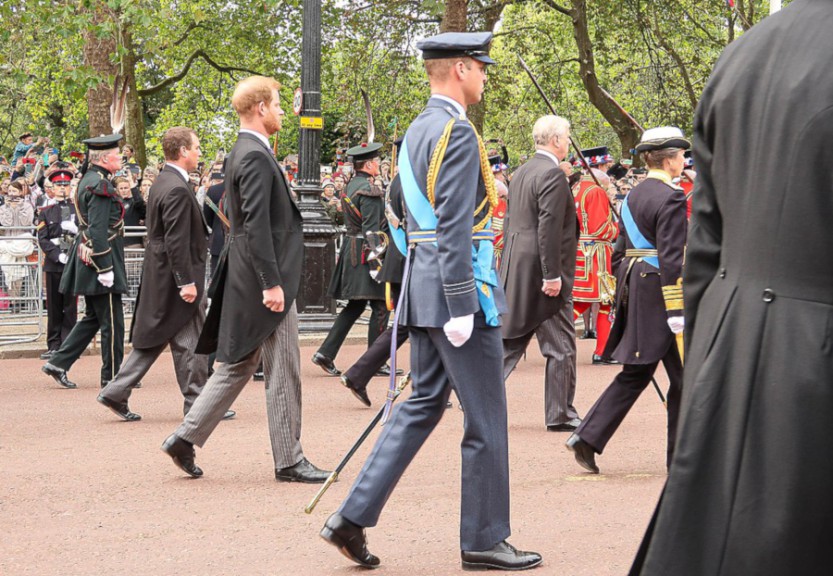
Some convicts, as we were called, formed alliances with the Aboriginals. As a result, the two suppressed peoples worked together in the hope of surviving the system they found themselves under. Others, however, played the perpetrator to the only people who were lower down the food chain than they were, the Indigenous.
Today Aboriginals make up only 3.8% of Australia’s population.
Distinguished Australian economic historian, Noel Butlin, AC, explained factors leading to the destruction of their society. “The English settlers and their descendants expropriated native land and removed the indigenous people by cutting them off from their food resources and engaged in genocidal massacres.” Lidia Thorpe is Victoria’s first Indigenous female member of parliament. Speaking at the protest in Australia on Thursday, with her hands covered in fake blood, she explained: “This is what today is about; the Crown has blood on their hands. Our people are still dying in this country every single day.”
Like a child born out of rape, I am the personification of a heinous crime that I did not initiate.
But I perpetuate it by my sheer existence and subsequently forever carry responsibility. The alternative is one which many white Australians still choose. To willingly live under the delusion that they are the children of good intentions, rather than exploit. In doing so, they claim their “right” to the island paradise they were fortunate enough to be born on. They may even feel a twinge of togetherness as they watch the state funeral of Queen Elizabeth II. Longing for the mummy whose likeness we bear.
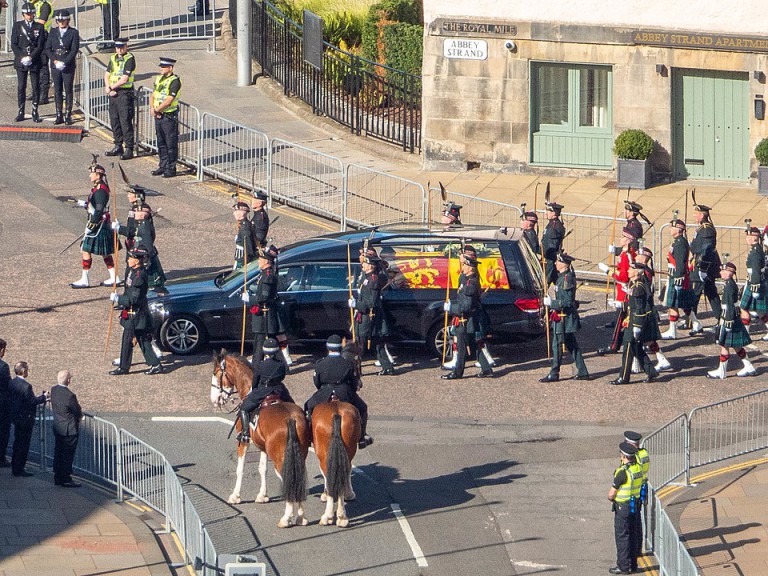
The British Empire relinquished control over Australia the year of Queen Elizabeth’s birth. This took place by means of the Balfour Declaration, which stipulated that the relationship between Britain and her dominions was equal in status. What was left behind, however, was not an Aboriginal on the throne with an orb in one hand and a scepter in the other. Although I would like to see this image! What was left behind was an “Australian” government, led by the elite students of the European aristocratic power that once dominated them. Whether they are British Nationals or Australian Nationals holding British values is largely irrelevant.
Their values are foreign to that land, and they do not belong there.
Jürgen Zimmerer is the Senior Associate Professor in International History, and Director of the Centre for the Study of Genocide and Mass Violence at the University of Sheffield. He explains the imbalance behind the all-white television presenters. “The question of colonial genocide is disturbing, in part because the descendants of the perpetrators still comprise the majority or a large proportion of the population. And [they] control political life and public discourse. Recognition of colonial genocides is even more difficult as it undermines the image of the past on which national identity is built. Australian conservatives, for example, have difficulties recognizing the genocide of the Aborigines.”
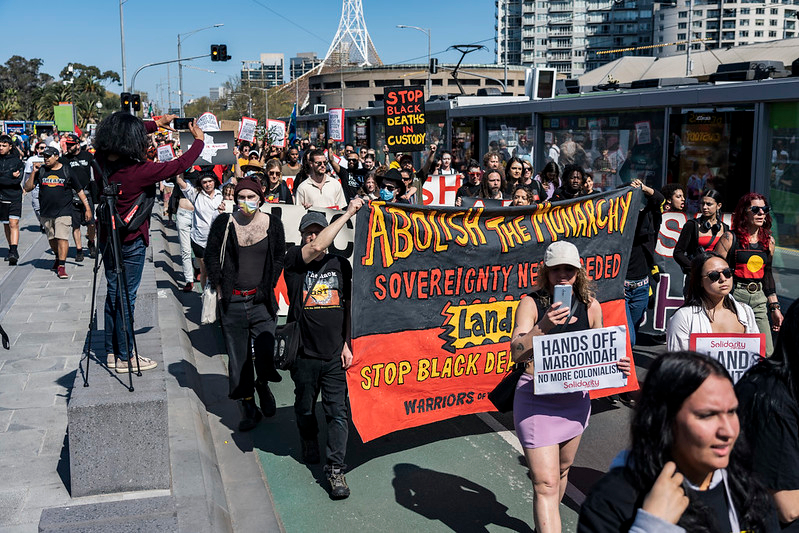
Many former colonies have thus failed to grow out of colonial mentalities and structures even post-independence. The Cullinan Diamond shimmering in the crown jewels, gifted to the royal household post-emancipation, are a case in point. However, the renewed request for their return to South Africa following Queen Elizabeth’s death signals a slow awakening. Like that of a teenager on a Saturday, as some colonies begin to realize that they are no longer children. They want to go out wearing absurd outfits, embellished with their own diamonds, and listen to their own music. The Crown, wisely recognizes the loss of control over its unruly and defiant children. It took its last opportunity of fading influence (as most parents do) to remind its children of their duties to the “family”: The Commonwealth of Nations. The only apparent commonality of this wealth being its concentration in the U.K.
Whatever her motivation, Queen Elizabeth took her role very seriously.
She was, after all, head of the 2.5 billion citizens who live in Commonwealth countries today. Even at 21 years of age, she stated, “I declare before you all that my whole life, whether it be long or short, shall be devoted to your service and to the service of the great imperial family to which we all belong.” She has indeed fulfilled that promise, completing 16 visits through 15 Australian Prime Ministers during her reign. She has remained the constant, providing Australia with much needed identity.
Speaking to the BBC in the wake of Queen Elizabeth’s death, Harvard U. History professor, Maya Jasanoff, said, “The Commonwealth was designed to be a vehicle for the perpetuation of British global influence even when the colonies chose to break away from that.” Its creation was a timely and brilliant move by Great Britain. It succeeded in hindering colonies from snapping out of their enmeshment to find their own way and their own identity.
Aboriginal culture is, sadly, irrevocably damaged.
It has no other option but to merge with its aggressors (me) and form a new identity. But this must happen without us always looking to mummy, to see if she is still watching us. In Melbourne, on Thursday, rally organizer Tarneen Onus-Williams said, “It is hard to watch this country mourn a monarch who represents the destruction of our lands and our people. I think we need to remember that violence was her legacy, and that violence was genocide and colonialism, and that is the legacy that she left.”

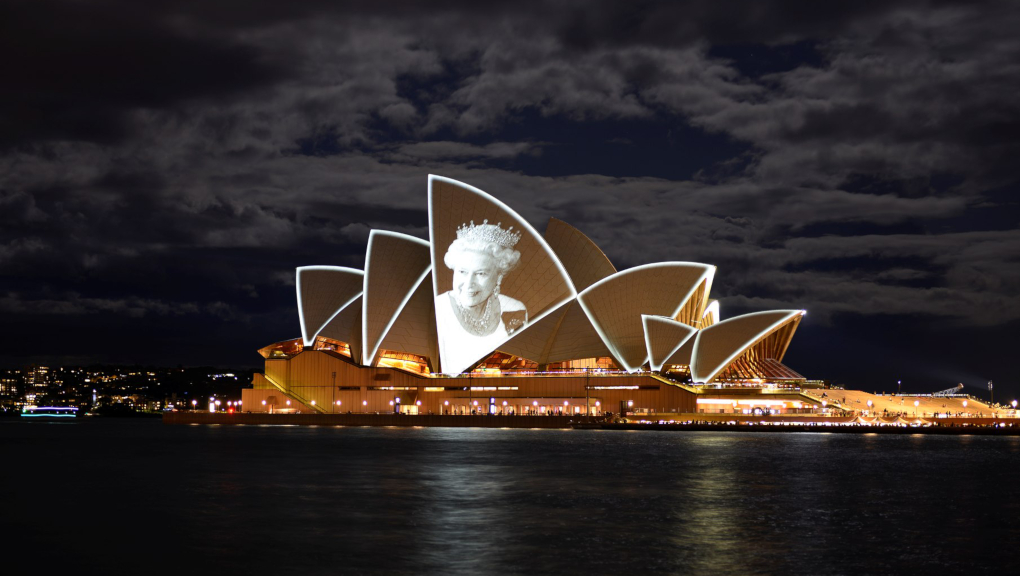
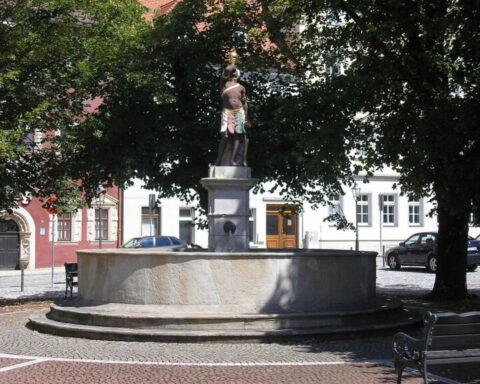
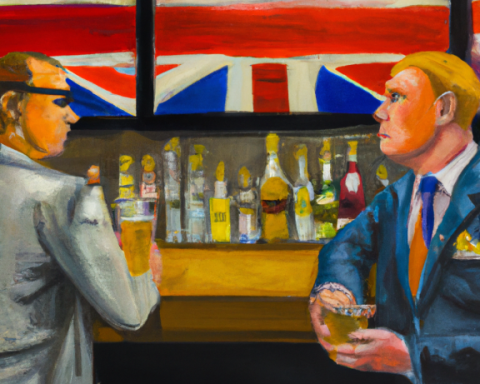

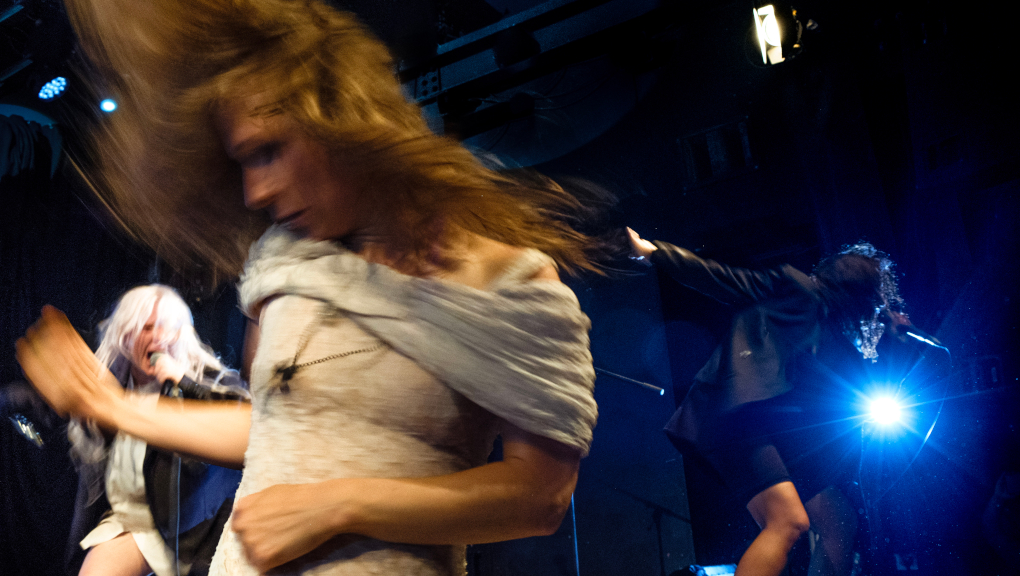
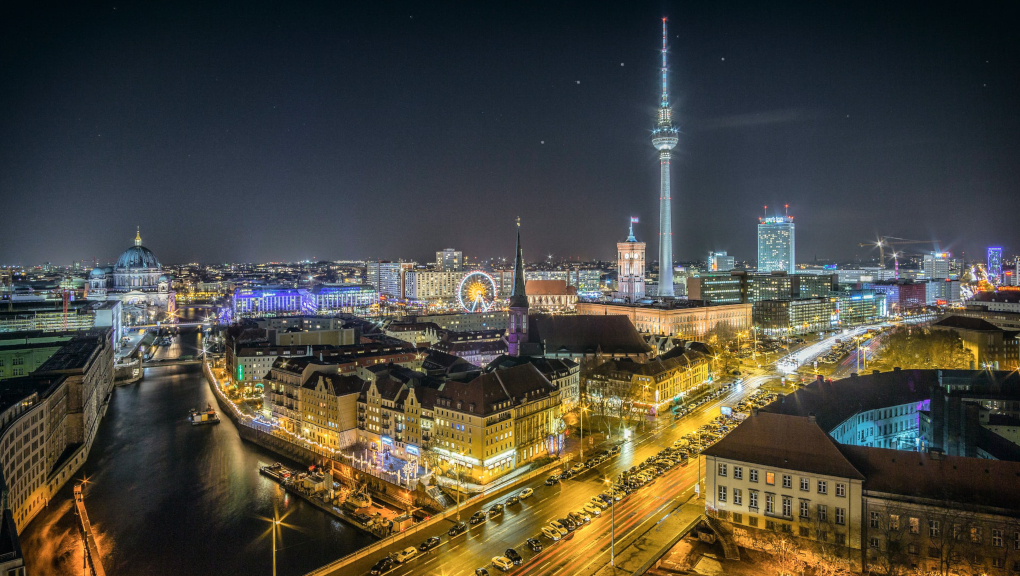
![Wine & Paint event on 9 Nov. 2024 at Felix Restaurant, Leipzig. Photo: Florian Reime (@reime.visuals] / Wine & Paint Leipzig](https://leipglo.com/wp-content/uploads/2024/12/pixelcut-export-e1733056018933-480x384.jpeg)

